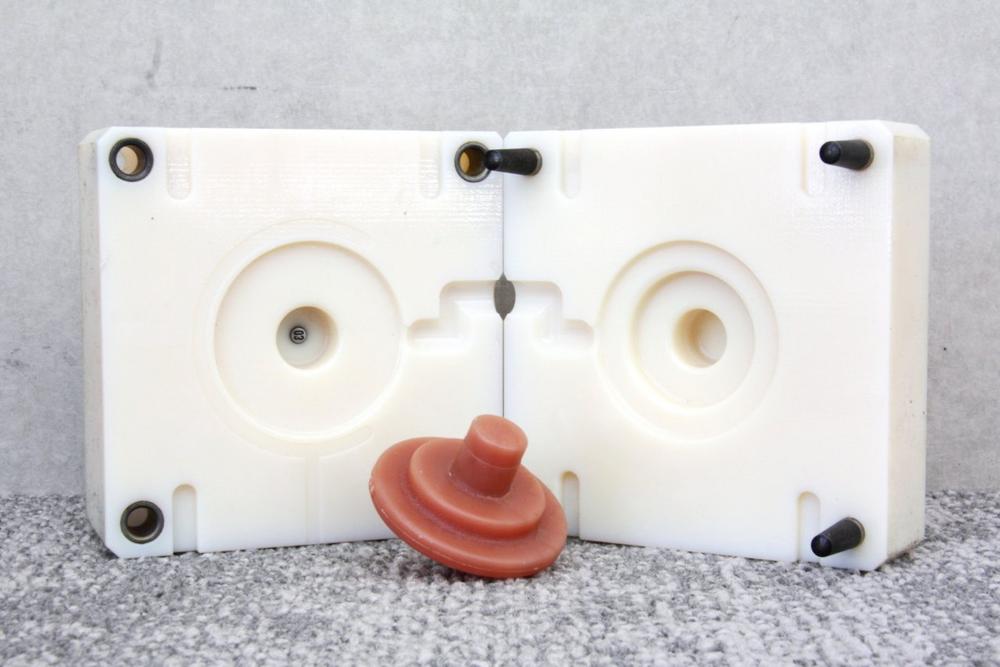"It is important to keep up with the times and test out innovations on the market," says the head of the Mould Construction Division at BLANK, "The creation of a tool is at the beginning of the manufacturing process of an investment casting part, and also here potential is already being exploited by the additive production methods. At the end of 2017 for example, the first 3D printer was purchased in the Mould Division making tools or tool parts based on synthetic resin can be produced using 3D printing. The printer is comparable to an inkjet printer, however, the print is done with liquid resins instead of ink and the components for the tool are built up in layers. Whether tool printing is suitable for an investment casting part depends on several factors, such as geometry, accuracy and batch size. FORMENBAU BLANK can print parts up to 250-20-200 mm."
Beside the components for a tool, the printer can also be of great importance at other points of the investment casting process. For example, parts of fixtures can also be printed for subsequent machining processes. In addition, an appropriate device facilitates the subsequent testing process of the cast part in the measuring laboratory.
The person responsible for 3D printing in mold making reports: "We like to use the printer for illustrative material. It’s simply something different when you can hand over the later investment casting part to the customer and show him what it will look like one day. This creates mutual understanding and has often enabled design issues to be discussed and clarified in a vivid way." Furthermore, it is possible to verify the form and fit of the future component in the end application.
However, the new technology also presented new challenges, especially at the beginning: "If a tool is printed, it is made of plastic," explains the head of the tool and mould shop. "If it is used in the subsequent process in an automatic spraying machine to produce the wax pieces, the tool heats up continuously. Heat dissipation is lower than with a fully milled aluminum tool due to the material. Therefore, suitable measures for cooling the tool must be implemented in order to achieve economical production.", he added.
Additive manufacturing provides decisive advantages, such as increased flexibility and significantly faster availability. In addition, this manufacturing method saves time-consuming work steps and optimizes the "time to market". 3D printing is a worthwhile alternative for highly complex components in small batch sizes that must be available quickly and cost-efficiently.
FEINGUSS BLANK GmbH
Industriestr. 18
88499 Riedlingen
Telefon: +49 (7371) 1820
Telefax: +49 (7371) 13011
http://www.feinguss-blank.de
Marketing
Telefon: +49 (7371) 182-200
Fax: +49 (7371) 18244-200
E-Mail: manuela.schmid@feinguss-blank.de
